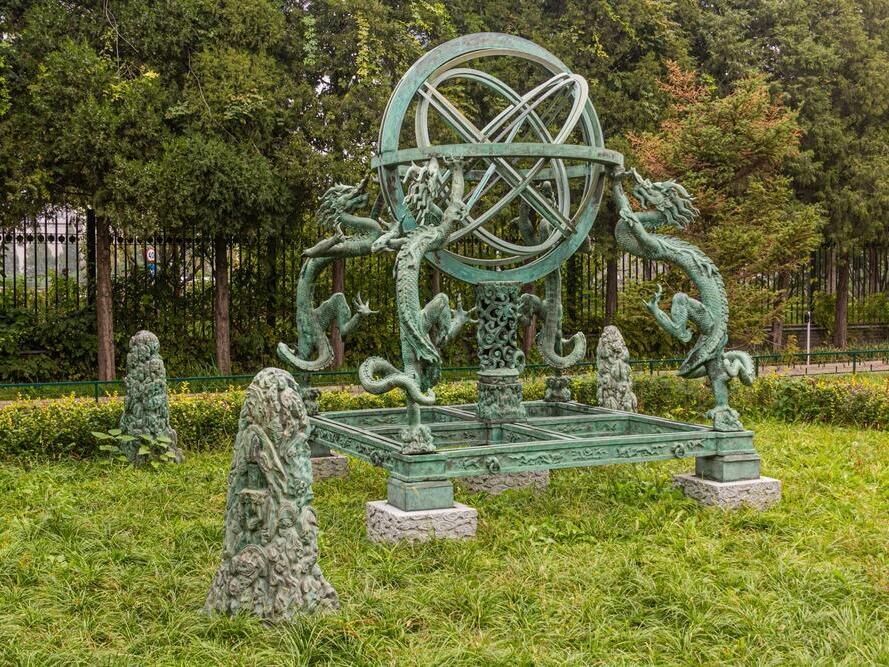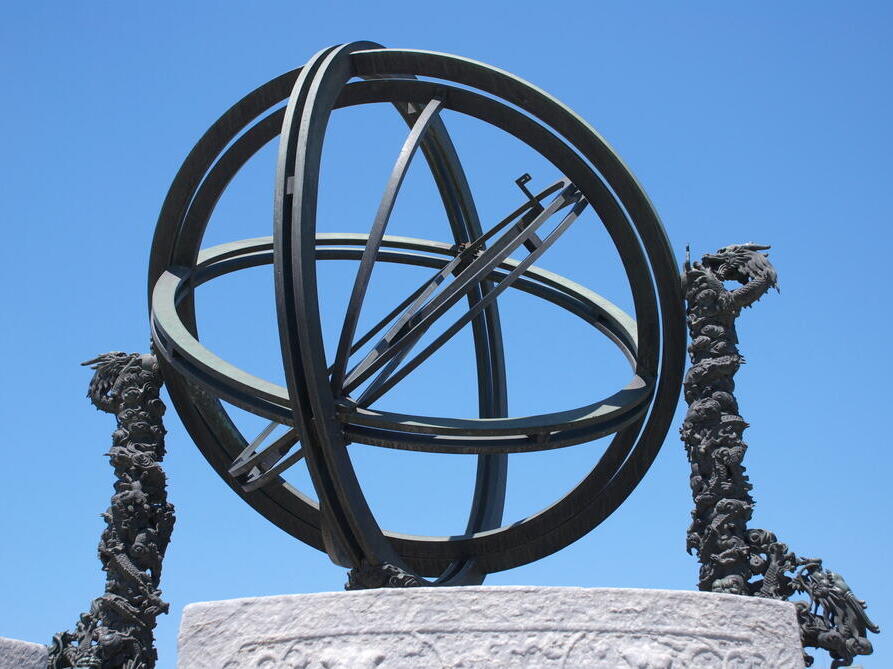A team of researchers has identified what might be the world’s oldest known star map, dating it to 355 B.C.—more than two centuries earlier than previously believed and significantly predating the famed star catalog of the Greek astronomer Hipparchus.
The discovery was made by researchers at China’s National Astronomical Observatories, who analyzed the “Star Manual of Master Shi,” an ancient manuscript named after the early Chinese astronomer and astrologer Shi Shen. Using an advanced digital imaging technique known as the Generalized Hough Transform, the team employed computer vision—a form of artificial intelligence—to detect and correct distortions between different versions of the manuscript.
The analysis revealed that the catalog was originally compiled in 355 B.C. and later updated around 125 A.D. This finding revises previous estimates that had dated the text to around the first century B.C. and marks the document as the earliest known star catalog that charts the night sky with specific constellations and star positions.
Daniel Morgan, a historian specializing in early Chinese astronomy, mathematics and metrology at the French Center for Research on East Asian Civilizations, told Live Science that the manuscript’s content suggests it may have originated around 103 B.C. That dating helps explain the use of a spherical coordinate system, which Chinese astronomers adopted after developing the armillary sphere—a device made of interlocking rings representing celestial paths and coordinates—during the first century B.C.
The study sheds light not only on the sophistication of ancient Chinese astronomy, but also on how historical interpretations have been shaped by modern cultural and academic biases. According to Morgan, debates over which civilization first developed scientific tools like star maps have often reflected national pride. In the early 20th century, European scholars who examined Chinese star charts frequently dismissed them as inferior, despite their remarkable precision and detail.
While discussions continue over whether the Chinese or Greeks compiled the earliest systematic star catalogs, experts point out that Babylonian texts referencing stellar positions date back to the eighth century B.C. However, those records were primarily textual descriptions and did not include detailed maps or catalogs of stars.
The Chinese chart, by contrast, includes detailed observations and a structured approach to mapping the night sky, underscoring the global contributions of ancient civilizations to astronomy.



